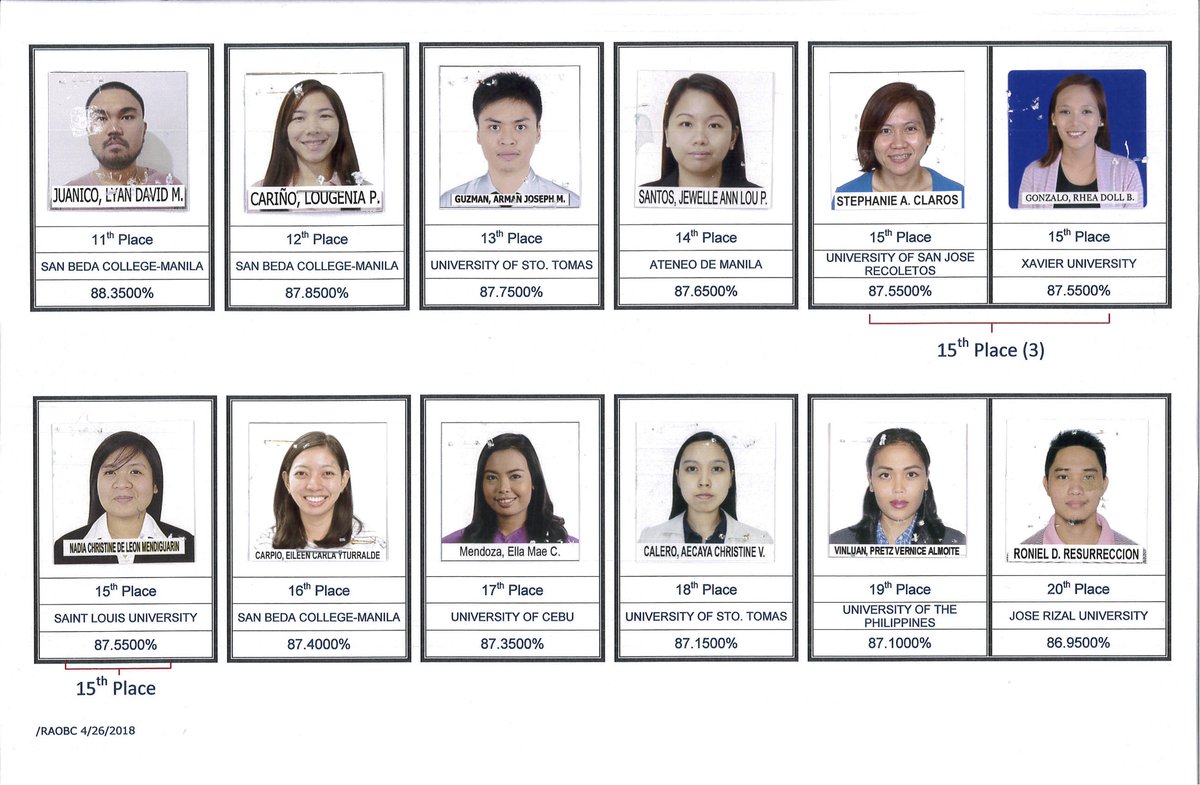Supreme Court Clarifies Display of Bar Topnotchers Amid Results Release: A Fairer System for All?
So, the Bar exam results are out, and as always, the spotlight shines brightly on the topnotchers. But this year, things were a little different. The Supreme Court stepped in, clarifying the rules surrounding the public display of these high-achievers. And honestly? It’s sparked a pretty interesting conversation about fairness, competition, and the pressure cooker that is the Philippine Bar. Let’s dive in and unpack what happened.

The Usual Spectacle: Celebrating Success (and the Pressure It Creates)
For years, the release of the Bar exam results has been a dramatic affair. The list of topnotchers, their names, universities, and scores, are plastered everywhere – newspapers, online news sites, social media. It’s a moment of immense pride for the individuals, their families, and their law schools. Images of beaming graduates holding their certificates become iconic representations of hard work and dedication. It’s a celebration, right?
Well, yes and no. While undeniably a moment of triumph for those who succeed, this public display also creates a unique pressure cooker environment. Think about it: the intense competition, the years of grueling study, the immense financial investment – all culminating in a single, publicly scrutinized moment of truth. For many, the pressure is immense. And for those who don’t make it to the top, the public announcement can feel like a stark reminder of their perceived failure.
This isn’t to diminish the achievements of topnotchers; their dedication and hard work are truly commendable. But the system, as it previously stood, arguably created an uneven playing field and potentially amplified the pressure on all aspiring lawyers.

The Supreme Court’s Intervention: A Shift Towards Inclusivity
This year, the Supreme Court intervened, issuing a clarification on the permissible extent of publicizing the topnotchers’ names and details. The goal? To create a more balanced and inclusive system that acknowledges the achievements of all successful examinees, not just the top few. The Court’s decision wasn’t about diminishing the success of topnotchers; it was about ensuring a fairer system for everyone.
The Supreme Court’s ruling essentially aimed to:
-
Reduce the undue emphasis on ranking: The Court recognized that the intense focus on ranking could create unnecessary pressure and competition, potentially overshadowing the achievements of those who passed but didn’t make the top spots. It’s about celebrating passing the Bar, not just achieving a specific rank.

-
Promote a more inclusive environment: By shifting the focus away from solely highlighting the topnotchers, the Court aimed to create a more inclusive environment that celebrates the success of all those who passed the rigorous examination. Every successful examinee deserves recognition for their hard work and dedication.
-
Protect the mental well-being of examinees: The pressure associated with the public announcement of rankings can significantly impact the mental health of examinees. The Supreme Court’s decision reflects a growing awareness of the importance of mental health and well-being in the legal profession.

The Debate: Striking a Balance Between Celebration and Fairness

The Supreme Court’s decision, however, hasn’t been without its critics. Some argue that the public announcement of topnotchers is a tradition that should be preserved, citing its role in inspiring future generations of lawyers. They believe that highlighting exceptional achievement is crucial for motivating aspiring legal professionals.
Others counter that this tradition inadvertently creates an unhealthy competitive environment and puts undue pressure on examinees. They argue that the focus should be on celebrating the collective success of all those who passed the Bar, regardless of their ranking. This perspective emphasizes the importance of fostering a supportive and inclusive environment within the legal profession.
The debate highlights the complex interplay between celebrating individual achievement and promoting a fair and supportive system. It’s a delicate balance, and the Supreme Court’s decision represents an attempt to find that equilibrium.